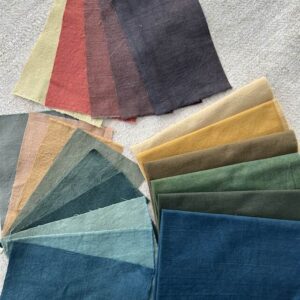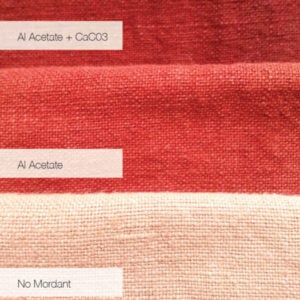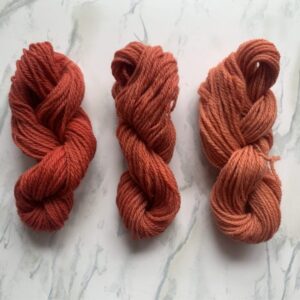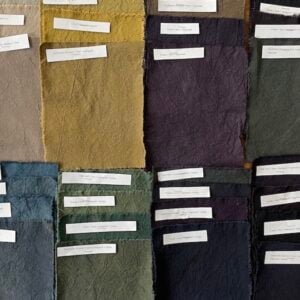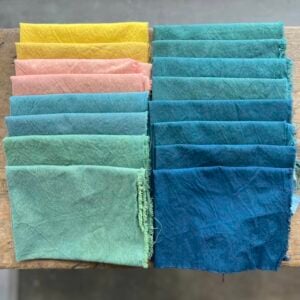Mordant Monday: Tannin Extravaganza!
TANNIN A TIMELESS MORDANT Tannins are a bitter and astringent compound found so abundantly in many plants. In food, they serve as the slight pucker in black coffee and tea, and the “oaky” flavor in aged wines. Tannins are used in medicine and for leather tanning. For us, they are the natural dyer’s not-so-secret-weapon to beautiful color. For the natural colorist, tannins provide a rich base for unusual and eye-catching combinations, and they’re particularly effective on plant fibers such as cotton and linen. We have two back to back tannin workshops for you coming up in January! Build your swatch … Read more

